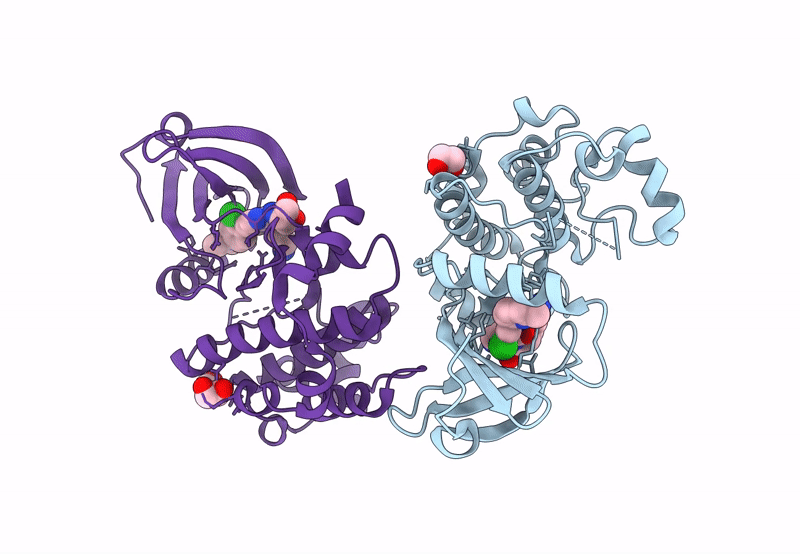
Deposition Date
2023-09-20
Release Date
2023-11-08
Last Version Date
2024-06-19
Method Details:
Experimental Method:
Resolution:
1.85 Å
R-Value Free:
0.21
R-Value Work:
0.17
R-Value Observed:
0.18
Space Group:
P 1 21 1


